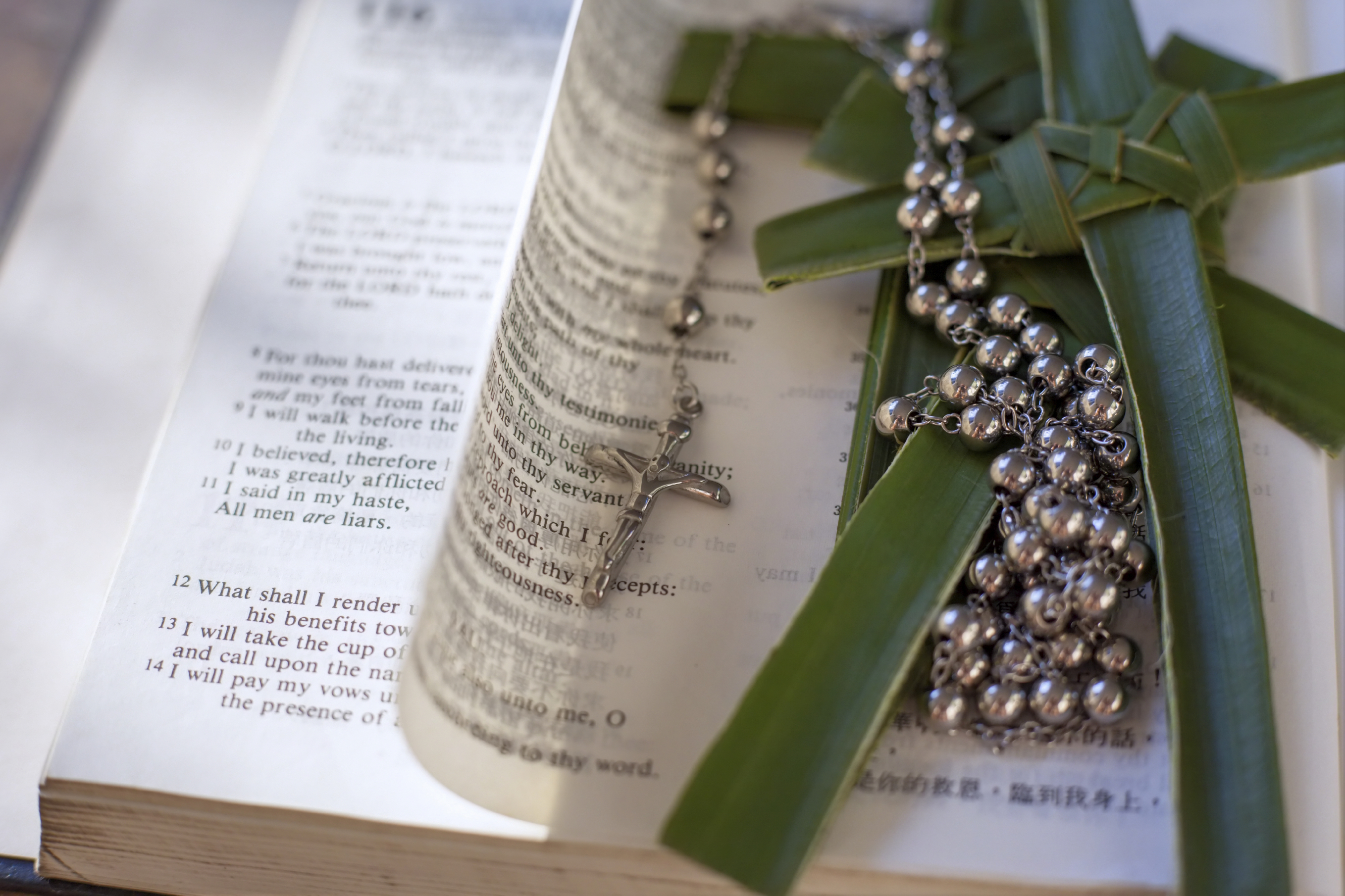Let’s face it: most of us are not going to be able to jet off to Lourdes or Fatima this Lent, if ever. While our hearts might yearn for a pilgrimage to a well-known place, our wallets are thinking groceries and car payments. So where does that leave us?
I suggest a practical pilgrimage. What do I mean by that? The main reason for going on a pilgrimage is to seek the holy, to grow closer to Christ by encountering Him in a new way. But a pilgrimage also means a journey – you have to move through time and space. That movement is important: it gives us time to process, to slow down, to notice, to contemplate.
Back to the idea of a practical pilgrimage. This is a great thing to involve the family, but you could also invite a friend or head out on your own. Choose a church near you that you’ve never been to, maybe one that has some historical significance or really great architecture. Try to attend Mass there. This is also a great way to introduce kids to the idea of the universal church. (If Mass isn’t an option, just spend some time in reflection. You might also check on confession times if Mass is not possible.)
Take a few minutes to quietly walk around the church’s interior. Maybe you can pray the Stations of the Cross. If the church is named after a saint, take a few minutes to pray for his or her intercession (and if it’s a saint you are not familiar with, learn about that person. Make a new friend!)
When you’re planning your church visit, look for a nearby park. Pack a picnic lunch and put away your cell phones and tablets. Spend time enjoying God’s creation and the companionship of the people you’re with. Take time to talk about the things, events and people that prompted you to think about “holiness” (maybe it was a particular hymn during Mass or flowers in the park.)
And if getting out of the house isn’t an option for whatever reason, make a Virtual Pilgrimage. Here are some beautiful virtual tours of churches and shrines around the world.
A pilgrimage does not have to be a far-flung journey. If we do a little praying and planning, we can find God quite close to us … and isn’t that the whole point of a pilgrimage?




